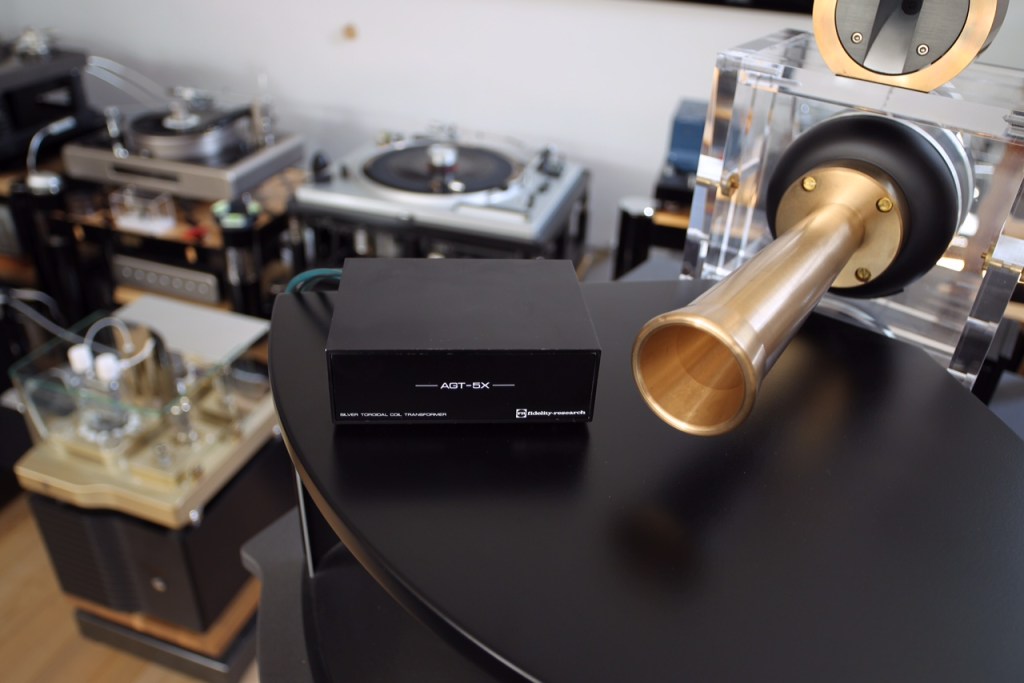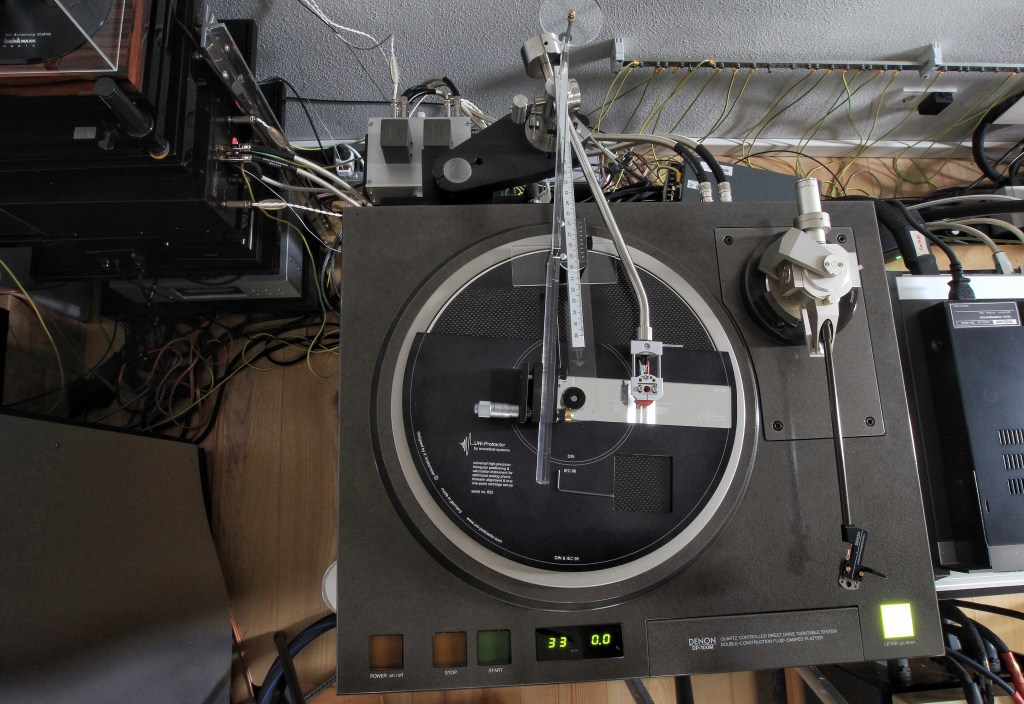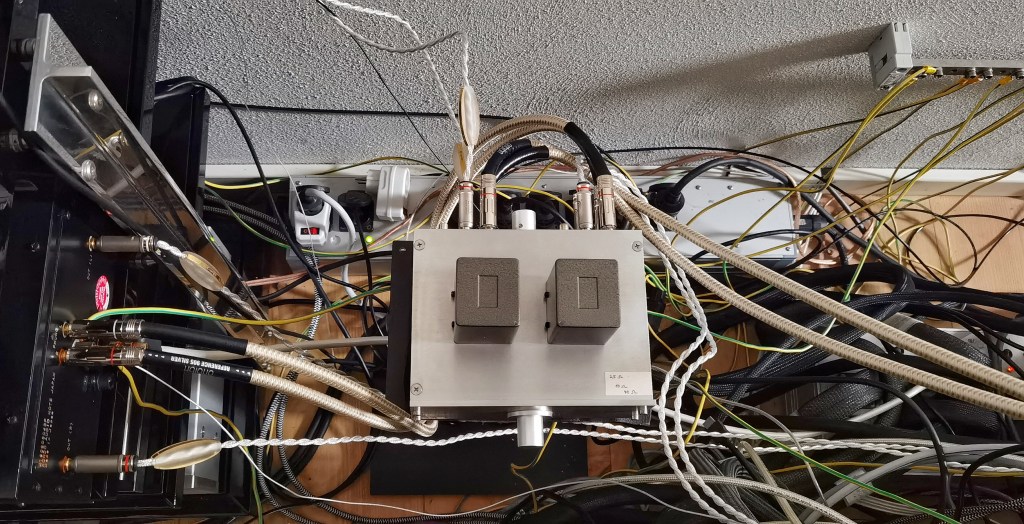…is the cartridge load facing the output towards the transformer. So what does it mean and how does it affect the sound if you are using the wrong transformer (1:10 or 1:20)?
As all the mathematic formulas are right you cannot really determine how it sounds when you have done everything correct, this is the disadvantage of automatic presettings. You may know that some combinations of cart and SUT are called planned mismatching, nevertheless sounding pretty good despite you are overemphasizing somehow the high tones or the lower notes.
You need to check it out, always knowing that you are doing a kind of experiment. Forget the opinion that there is one way of absolute non-distorted signal transmission – it is not plug and play. Maybe a reason why you do not see so many audiophiles investing a lot of money into Step Up Transformers, which is a pitty.
As I did with the Miyajima Shilabe, an excellent but obviously not completely well constructed cartridge (maybe too thin electric coils or too big magnets ending in an 16 Ohm Internal Impedance), it means you need to play around finding your best way of compromising with the SUT.




gI am using two Tango MCT 999 Trafos in my own design selecting the ratios 2,5; 10; and 40 Ohm. All inside cables are fine silver wires as are the connectors. With this kind of SUT I may switch between the ratios to elaborate the best matching.
with the 1:20 Silvercore the Shilabe sounds very open, dramatically good but focusing more on the high tones, less gain and bass. For Jazz music like playing a flute or saxophon it is fully ok but with a solid rock band it might be not well balanced between the high and low registers. With the 10 Ohms switch at my Tango SUT it sounds deeper.
I am also using a Fidelity Research AGT-5x which seems to have a 1:20 Ratio. Nevertheless using the Shilabe cart the matching is better than with the same cart at the Sivercore step up (both SUTs are fully silver wired).

Regarding all these considerations you might always look at the technical side with the frequency curve at the proposed ideal source. The subjective reception of the cart´s sound within the „Matrix“ (one´s own system in the room and one´s own prefered sound) might be another focus. You will never have clear objective answers.
In general this is what makes our hobby exciting and keeps us working…
For the Umami Red I am using my Tango design (2,5 Ohm). I may switch between the three lines, the Fidelity Research FR-66s carrying the Umami Red, the Denon arm carrying an Astron and the Aquilar of the Brinkmann table carrying an AT 1000. From the Tango SUT all lines got to a Kondo M7 phono.



I prefer active gain in the form of a VdH The Grail (accu) phono stage that automatically takes care of the correct load. It sounds almost as good as a EAR Yoshino 912 with better bass.
LikeLike
Dear. I will appreciate to know your e-mail address. I’d like to make some questions. Tks & Rgds
LikeLike
You will reach me under contact@audiocirc.com
LikeLike
I will appreciate to know if these trafos are same than yours.https://www.ebay.com/itm/jorgen-schou-No-41-JS41-mc-transformeres-for-Ortofon-SPU/202741582670?hash=item2f34570b4e:g:4BwAAOSwihtd39x7
Tks & Rgds
LikeLike
Yes, they are!
Best
E.
LikeLike
Ok, many tks!! I will try to purchase them. I know that you are using Tango MCT-999, but I have chance to purchase Tango NN-11 at reasonable price. What is your opinion? I will appreciate your consideration about NN-11 vs MCT-999. Tks.
LikeLike
I have no experience with NN-11.
Best
E.
LikeLike